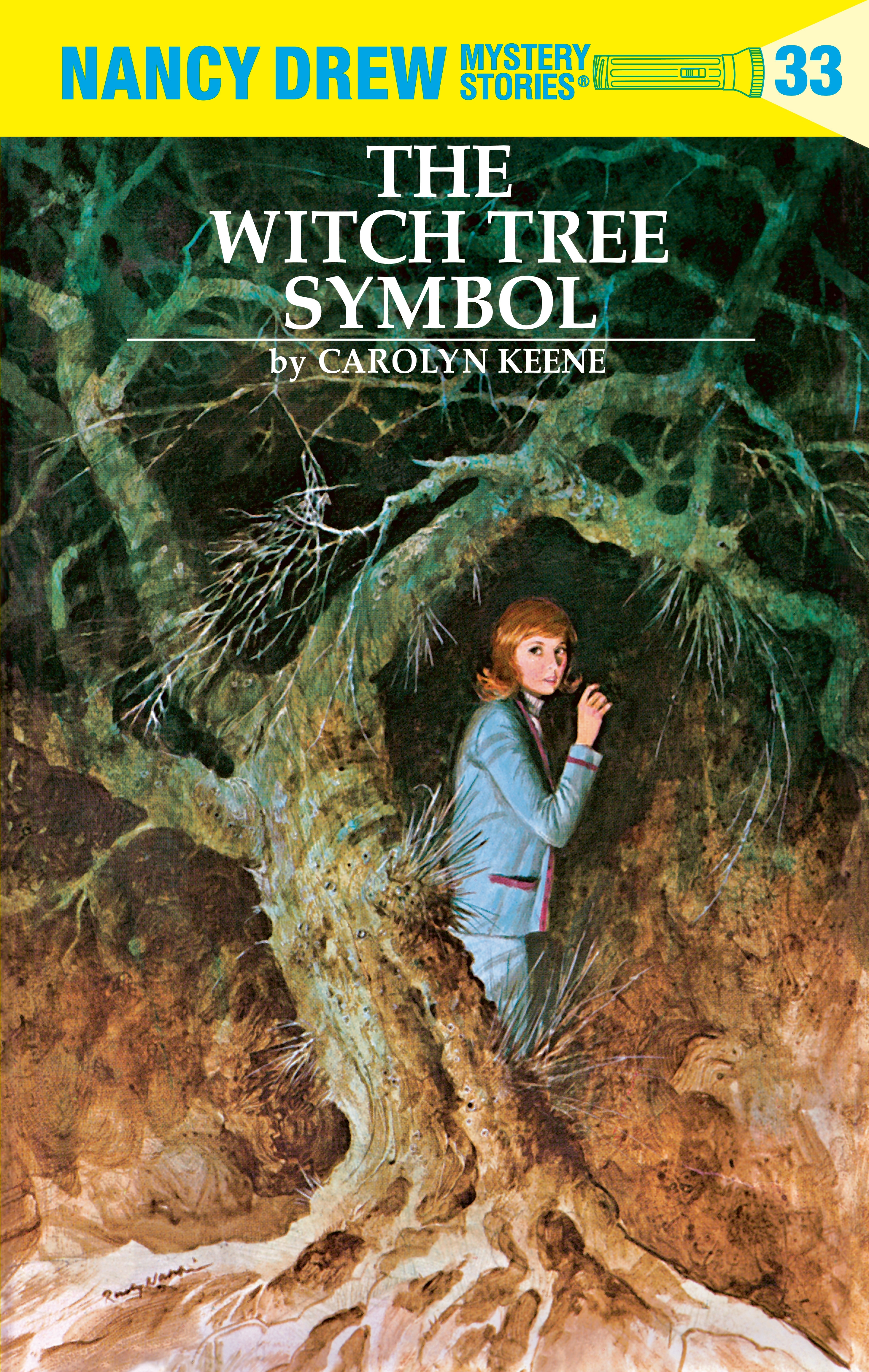Nancy Drew Books: A Comprehensive Exploration

The Nancy Drew Mystery Stories, a cornerstone of American children’s literature, have captivated generations of readers with their thrilling mysteries, strong female protagonist, and enduring appeal. This exploration delves into the multifaceted world of Nancy Drew books, examining their genres, authors, educational value, their presence in libraries, and their significant cultural impact.
The Genres and Evolution of Nancy Drew Mysteries

The Nancy Drew series, initially conceived by Edward Stratemeyer, founder of the Stratemeyer Syndicate, transcends simple categorization. While primarily classified as mystery and detective fiction, the books seamlessly blend elements of adventure, thriller, and even romance, depending on the specific era and series. The core genre remains consistently focused on problem-solving and suspense, but the stylistic choices and thematic content have evolved over time.
The original Nancy Drew Mystery Stories, published from 1930 to 2003, presented Nancy as a resourceful and independent teenage girl. These early novels, predominantly penned by Mildred Wirt Benson under the pseudonym Carolyn Keene, are characterized by a straightforward narrative style, a focus on clever deductions, and a relatively clear-cut delineation between good and evil. However, these early books have also faced criticism for stereotypical portrayals and social biases reflective of their time.

The Nancy Drew Files series (1986-1997) marked a significant shift. Nancy was portrayed as a more mature, sophisticated young woman, with increased emphasis on romantic relationships and more complex, adult-oriented themes. While this modernization attracted new readers, it also drew criticism from those who felt the changes diluted the original spirit of the series.
The Nancy Drew: Girl Detective series (2004-2012) updated the setting further, incorporating modern technology and social issues into the plots. Nancy now uses a cell phone and drives a hybrid car, reflecting the changing times. This contemporary reimagining again sparked debate among fans, with some welcoming the changes and others lamenting the perceived loss of the original character’s charm and ingenuity.

Finally, the Nancy Drew Diaries series (2013-present) continues to present a contemporary Nancy, maintaining a first-person narrative and engaging with modern issues and technology. This ongoing series further illustrates the versatility of the Nancy Drew franchise and its capacity for adaptation.
Subgenres Within the Series
Within the overarching mystery genre, the Nancy Drew books also explore various subgenres:
- Classic Mysteries: The original series features traditional whodunits, with clues meticulously planted throughout the narrative, leading to a satisfying resolution.
- Gothic Mysteries: Some books incorporate elements of gothic fiction, employing atmospheric descriptions of old houses, eerie settings, and supernatural hints to heighten suspense.
- Adventure Stories: Many books involve travel to exotic locations, both domestic and international, introducing elements of adventure and exploration alongside the mystery.
- Romance: While never the central focus, romantic elements have been more pronounced in later iterations of the series, particularly in the Nancy Drew Files and on Campus series.
The Authors Behind the Pseudonym: Carolyn Keene
The name “Carolyn Keene” is not that of a single author but a collective pseudonym used by numerous writers over the decades, all under the direction of Edward Stratemeyer and the Stratemeyer Syndicate. This created a consistent voice and style, ensuring the continued success of the series across various eras.
The most notable author associated with the Nancy Drew series is Mildred Wirt Benson, who penned 23 of the original 30 books. Her writing style, characterized by strong, independent female characters, has been widely praised and is considered a significant contributor to the series’ early success.
Other authors who contributed to the Nancy Drew canon under the Carolyn Keene pen name include Leslie McFarlane, James Duncan Lawrence, Walter Karig, and Nancy Axelrod. Each author brought their unique style and perspective to the series, resulting in a rich and varied collection of novels.
The Writing Style and Inspirations of Carolyn Keene
The writing style employed by the various authors writing as Carolyn Keene has changed over the years. The early books are characterized by a straightforward, descriptive narrative, focused on plot and character development. The later books, particularly within the sub-series, incorporate more modern language and storytelling techniques.
The inspirations for the Nancy Drew series are complex and layered. The creation of the strong female protagonist was likely influenced by a combination of factors, including Stratemeyer’s awareness of the market demand for female readership, and a subtle rebellion against traditional gender roles in the early 20th century.
The mysteries themselves draw inspiration from real-life events, social issues of the time, and popular culture trends. This blending of fact and fiction further adds to the books’ enduring appeal.
Reading, Learning, and Life Lessons in Nancy Drew
The Nancy Drew books offer far more than just entertaining adventures. They provide readers with:
- Summaries and Plotlines: Each book introduces a unique mystery, often involving intrigue, deception, and thrilling climaxes. The plots generally involve investigations into a range of crimes, from theft and kidnapping to fraud and murder.
- Educational Value: The series subtly incorporates aspects of various fields, such as law, science, and history. The books stimulate curiosity and encourage problem-solving skills, while introducing readers to different environments and cultures.
- Life Lessons: Beyond the mysteries, the stories offer valuable life lessons about courage, perseverance, independence, self-reliance, and the importance of justice. Nancy’s resourcefulness and unwavering determination serve as positive role models for young readers.
- Reading Habits: The books are generally accessible and engaging, promoting a positive reading experience and encouraging further exploration of the genre. The length and complexity of the stories vary across series, making them suitable for a diverse range of readers.
Nancy Drew in Libraries: Preservation and Access
The Nancy Drew series enjoys a prominent place in both public and digital libraries. Their enduring popularity ensures their continued presence on shelves and in online catalogs, making them readily accessible to new generations of readers.
- Public Libraries: The books are frequently featured in young adult sections of public libraries, serving as an important part of their collections.
- Digital Libraries: Many Nancy Drew novels are available through digital platforms, offering convenient access to a wider range of readers and facilitating the preservation of these classic works.
- Rare Collections and Archives: The first editions and early versions of Nancy Drew books are highly sought after by collectors and are often part of special collections within major libraries and archives. These original materials provide invaluable insights into the evolution of the series and its cultural significance.
The Cultural Impact of Nancy Drew
The Nancy Drew series has had a profound and lasting cultural impact. Her influence extends beyond the realm of literature, encompassing adaptations to film, television, and video games.
- Literary Influence: Nancy Drew’s enduring popularity has inspired numerous other series featuring female detectives, shaping the landscape of children’s and young adult literature. She serves as a strong, independent female character, rare in children’s literature at the time of her creation.
- Adaptations: The Nancy Drew stories have been adapted numerous times into film and television, with varying degrees of success. These adaptations demonstrate the lasting appeal of the character and her adventures.
- Awards and Recognition: While the series itself may not have received major literary awards, its immense popularity and cultural impact have earned it widespread recognition as a significant contribution to American literature.
- Communities: Nancy Drew has fostered a dedicated community of fans across generations, sharing their enthusiasm for the series through online forums, book clubs, and conventions. This vibrant community demonstrates the powerful connection between readers and the timeless appeal of the Nancy Drew mysteries.
The Nancy Drew books, with their captivating mysteries and strong female protagonist, remain a powerful and enduring force in children’s literature. Their evolution through diverse genres and series reflects the changing times, while their core themes of courage, independence, and justice continue to resonate with readers of all ages. The series’ presence in libraries and its significant cultural impact solidify its place as a cornerstone of American literature and popular culture.